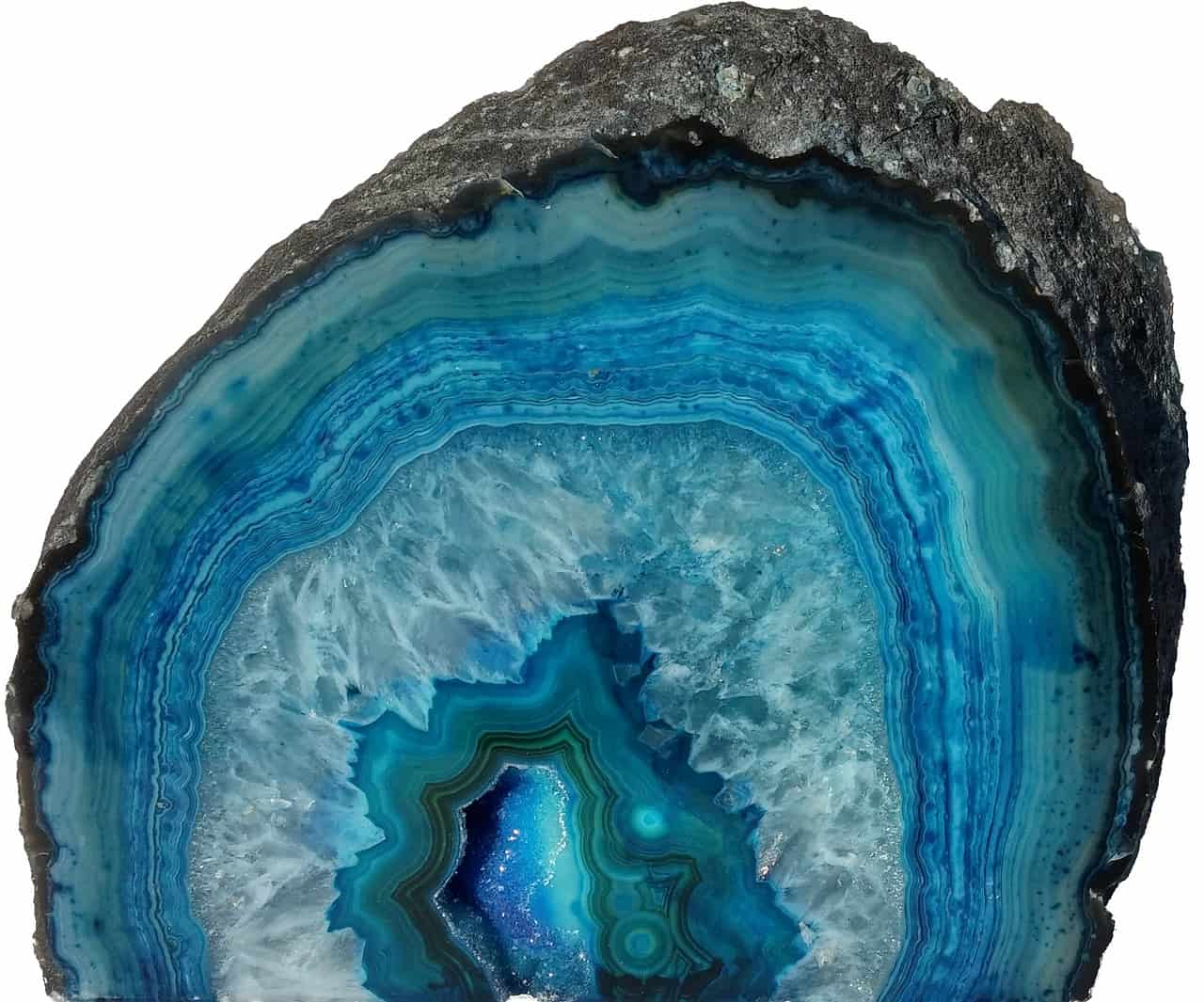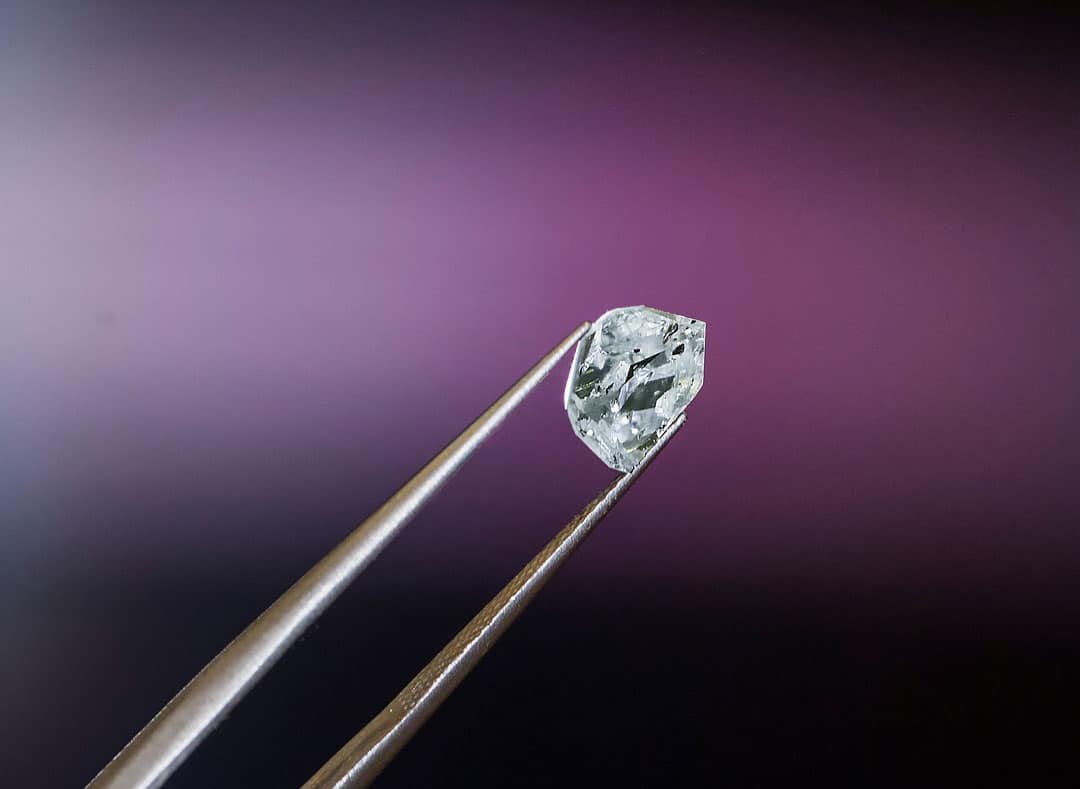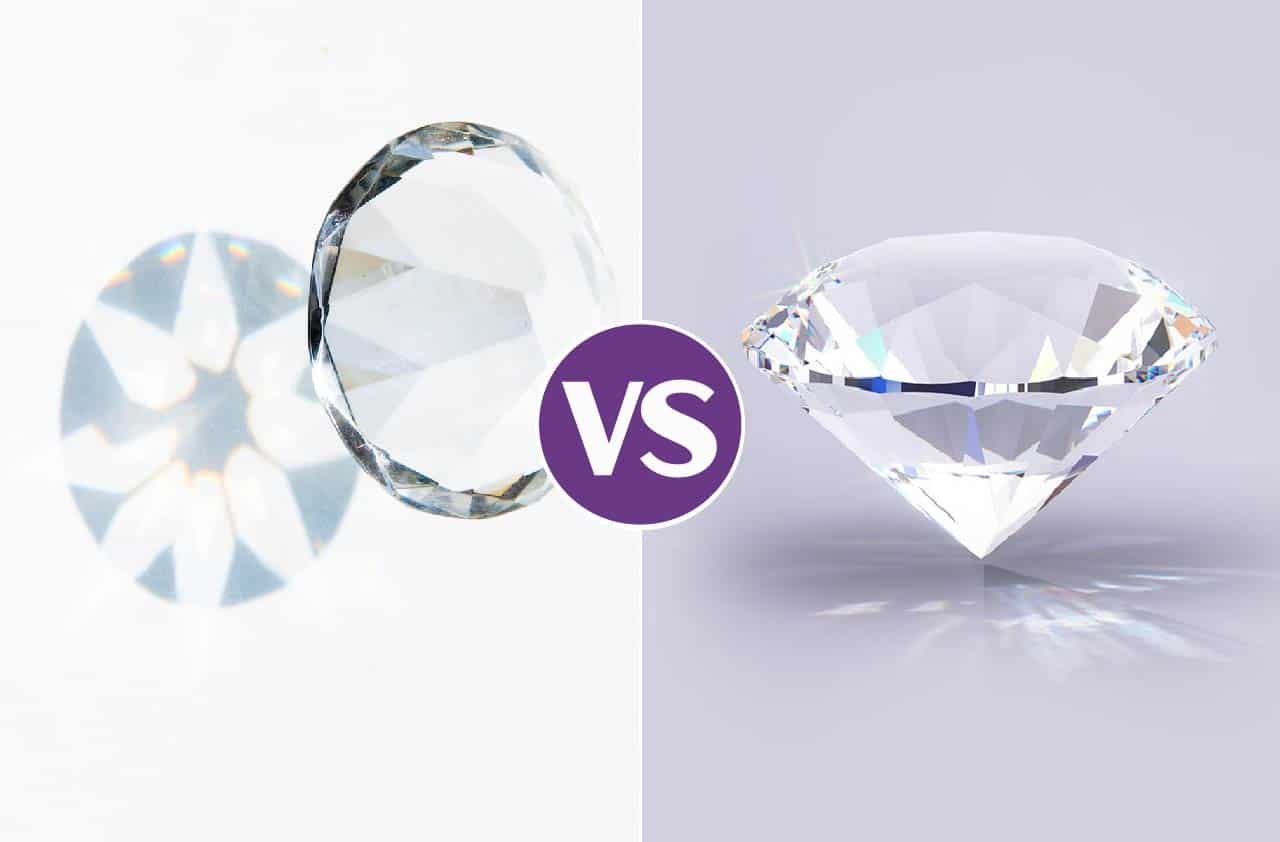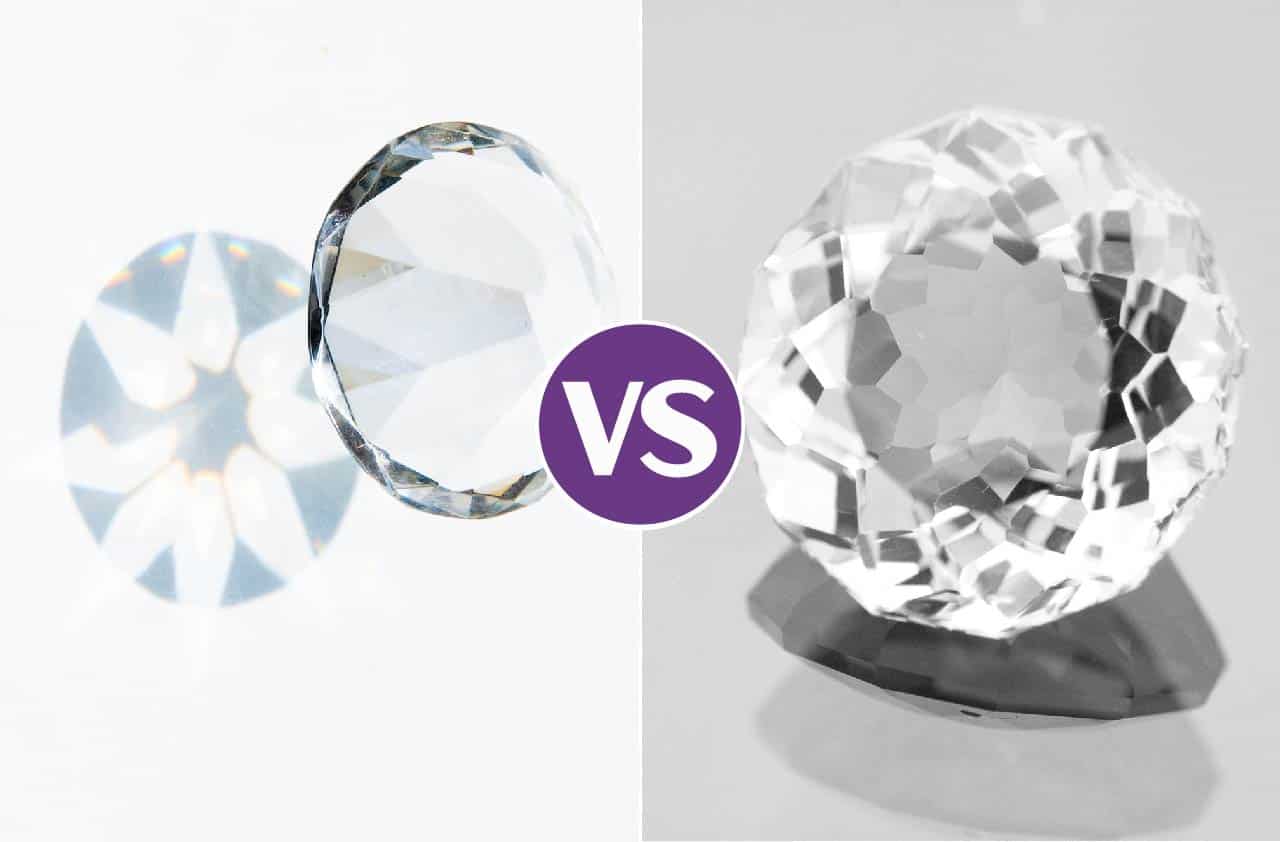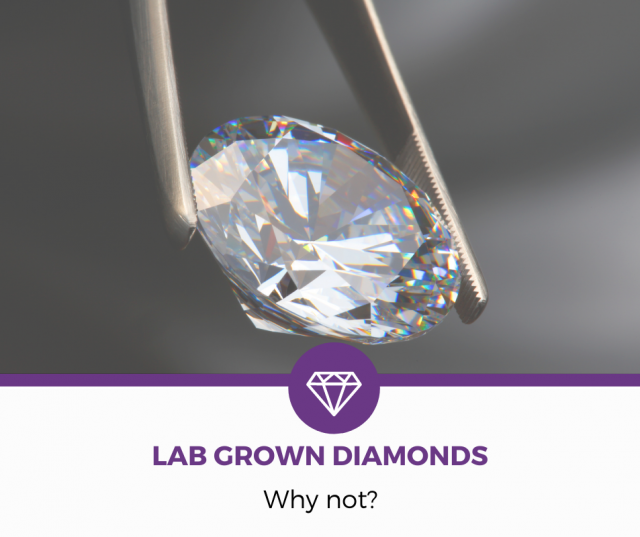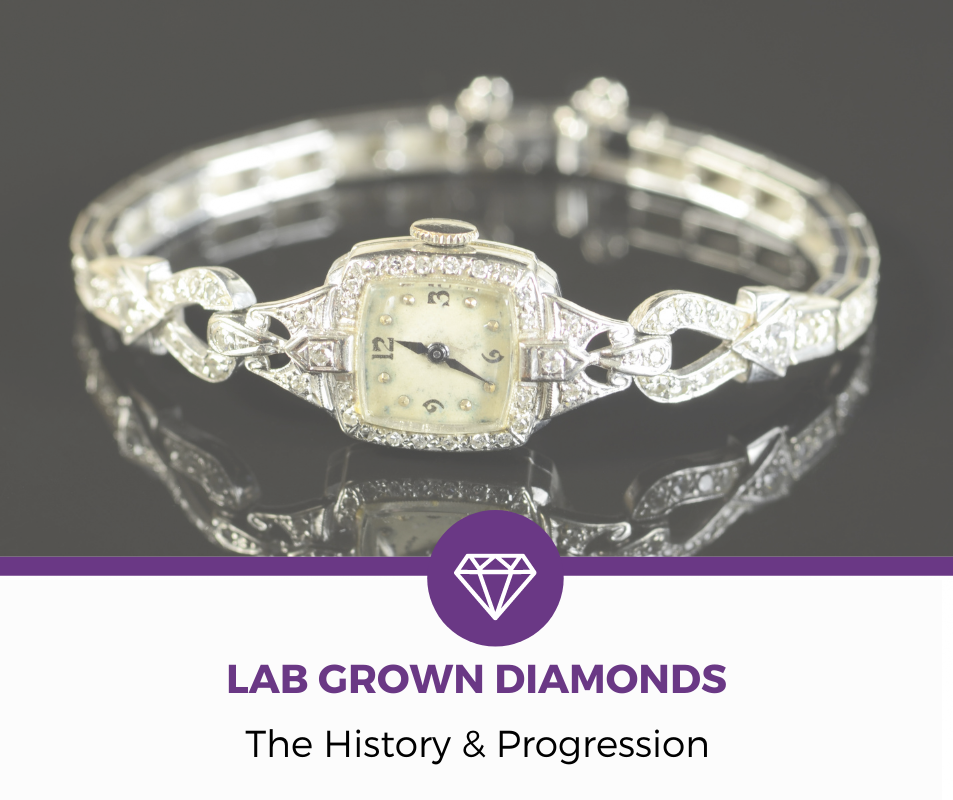Wondering the difference between HPHT diamonds and CVD diamonds?
You're in the right place.
In this Learning Guide, I'll answer questions about the two main ways lab created diamonds are made like:

- What are the differences between HPHT and CVD diamonds?
- Can you tell HPHT diamonds apart from CVD?
- Which creation method is better for lab-grown diamonds?
HPHT vs CVD Diamonds
HPHT and CVD diamonds are the main processes that are used to produce a synthetic diamond, also known as a lab grown diamond. A lab-created diamond is a real diamond.
Both methods can produce high-quality lab grown diamonds, with excellent color and clarity.
HPHT Method
The high pressure high temperature method is widely known as the first lab created diamond profess. An HPHT diamond in a lab environment undergoes a process similar to a mined diamond.
A tiny sliver of a diamond called a diamond seed is placed into a bit of pure carbon. The carbon is put into a chamber of extreme heat and pressure, just like earth grown diamonds. The combination forces the diamond crystal to grow.
CVD Method
The chemical vapor deposition process was actually the very first process, but it didn't produce high quality diamonds like today. It was perfected within the last 10 years.
Like an HPHT lab grown diamond, a CVD synthetic diamond also uses a diamond seed. The seed usually comes from an HPHT diamond.
CVD lab grown diamonds are put into a vacuum chamber that is filled with methane gases. It uses microwaves of heat and pressure to break down the molecules of the gas.
The carbon atoms from the gas remain and fall onto the diamond seed crystal, turning it into a growing diamond.
Differences Between HPHT Diamonds & CVD Diamonds
Production Quality
The HPHT process of creating diamonds mainly produces yellow and brown man made diamonds. A natural diamond has the same problem growing within the earth. And like earth diamonds, they can still be colorless. Majority of them aren't.
An HPHT diamond becomes a treated diamond in order to adjust its color.
Initially, scientists thought a CVD diamond could be grown faster and cheaper than the HPHT process. However, the results weren't great.
It gets better.
A CVD lab grown diamond that uses a Type IIa diamond seed crystal. Only around 2% of all diamonds are this type. The elements around the seed are limited with the gas, so a colorless diamond can be made.
The first colorless CVD laboratory grown diamond hit the market in 2012. By introducing other elements into the gas chamber, lab created colored diamonds were able to be made.
But here's what you need to know.
HPHT diamonds are subjected to a color hue called blue nuance. It’s almost like a slight blue glow, similar to fluorescence. It’s due to the crystal lattice of the diamond itself, not UV light. CVD diamonds tend to have a brown hue.
Blue nuance and brownish hues don’t seem to affect price. When compared side by side, people generally prefer a diamond without blue nuance or brownish tint.
If you buy one with either, you shouldn’t worry too much. If you’re choosing a round brilliant lab diamond, make sure you go with Excellent or Ideal cut diamonds like this one below.

Avoid a fancy diamond shape with a big face-up view like an emerald cut or radiant cut diamond. These show color more.
This is where it gets tricky.
Not all lab grown diamond grading reports indicate blue nuance or brown tints. IGI certified diamonds do, but not GIA certified lab diamonds. The GIA has only just improved their grading for lab diamonds, so I suspect it’s not far off the horizon.
Light nuances and hues may not be reported on the certificate, even if it’s IGI. When looking for a loose diamond online, you should compare retailers whose photos have the same lighting. James Allen is an excellent choice for that.
Production Cost
Another big difference between HPHT and CVD diamonds is cost and energy.
It requires more energy and power too because of how much heat is needed in order to produce the conditions similar to mother nature.
The cost of power and equipment used to create HPHT diamonds is high. The vacuum chamber for CVD diamonds is much smaller and uses less energy. CVD diamond methods use lower levels of energy and heat to produce diamonds.
That’s not to say that both processes aren’t expensive or use a lot of energy. One of the biggest misconceptions about lab grown diamonds is that they are environmentally friendly. Some companies reduce the amount of energy or have zero carbon footprint, but not all. Majority of lab diamonds aren’t “green”.
Overall, both types of lab grown diamonds can be between 20-70% cheaper than a natural diamond of the same grades.
Can You Tell HPHT Diamonds and CVD Diamonds Apart?
If you were to buy either one from a retail jewelry store at your mall, no one in that store could tell the difference between the two and know how to identify the lab diamond without a grading report. In fact, most retailers don’t tell you which process was used.
If you decide to buy an uncertified lab grown diamond, you will have no way of knowing which process was used.
Expert gemologists can tell the difference between the two. When colorless and near colorless CVD diamonds came out in 2012, it became more difficult to distinguish them from natural colorless diamonds.
The gas process used to create CVD diamonds leave behind residual effects. One of these effects is called a vacancy.
A vacancy is where carbon atoms are missing from a diamond crystal.
The ways to detect processes go far beyond what your average jeweler is capable of with his jewelers loupe or store Gemscope.
The Gemological Institute of America has all the capabilities to tell the difference between the two processes.
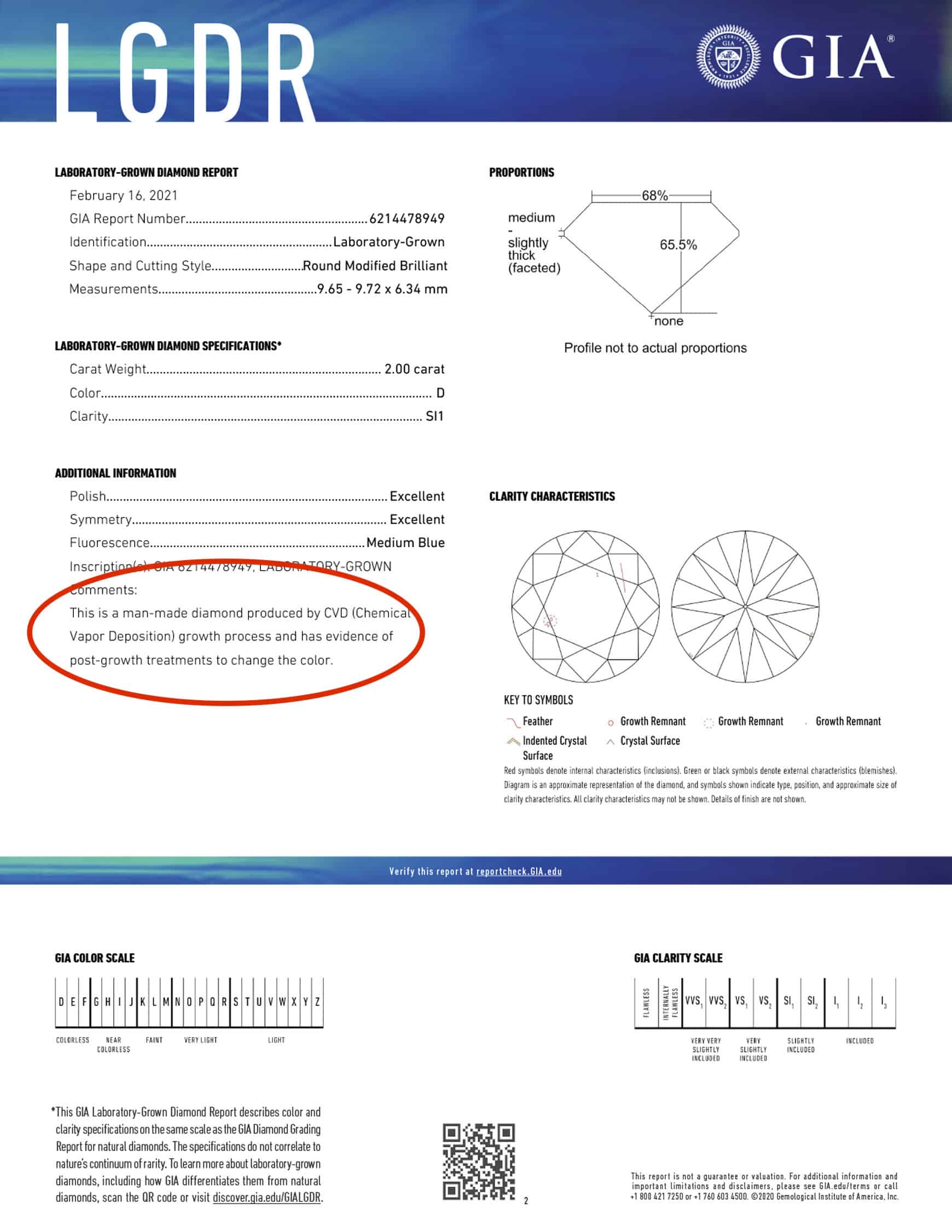
Conclusion
So, which lab diamond process is better: HPHT or CVD?
The truth is, gemologists can't agree on which process is better. Both CVD and HPHT processes can create beautiful colorless diamonds.
Most companies that push one process over another are doing from a sales point of view, not objectively and comparatively.



